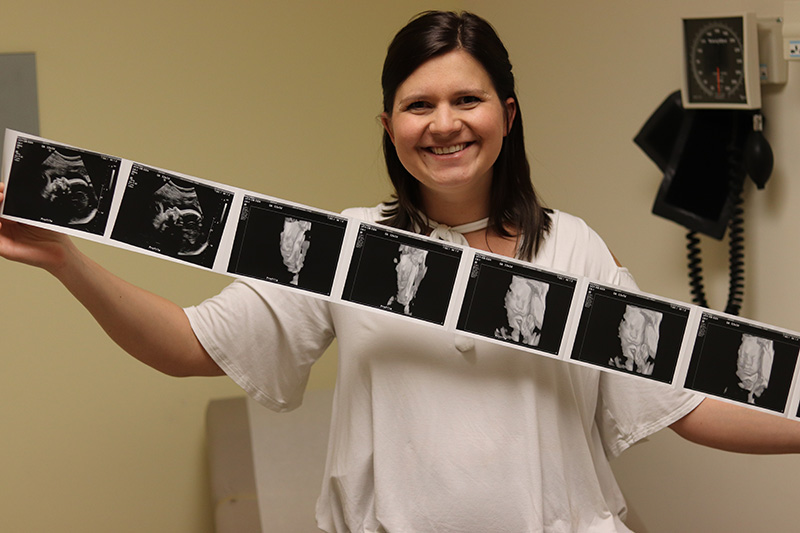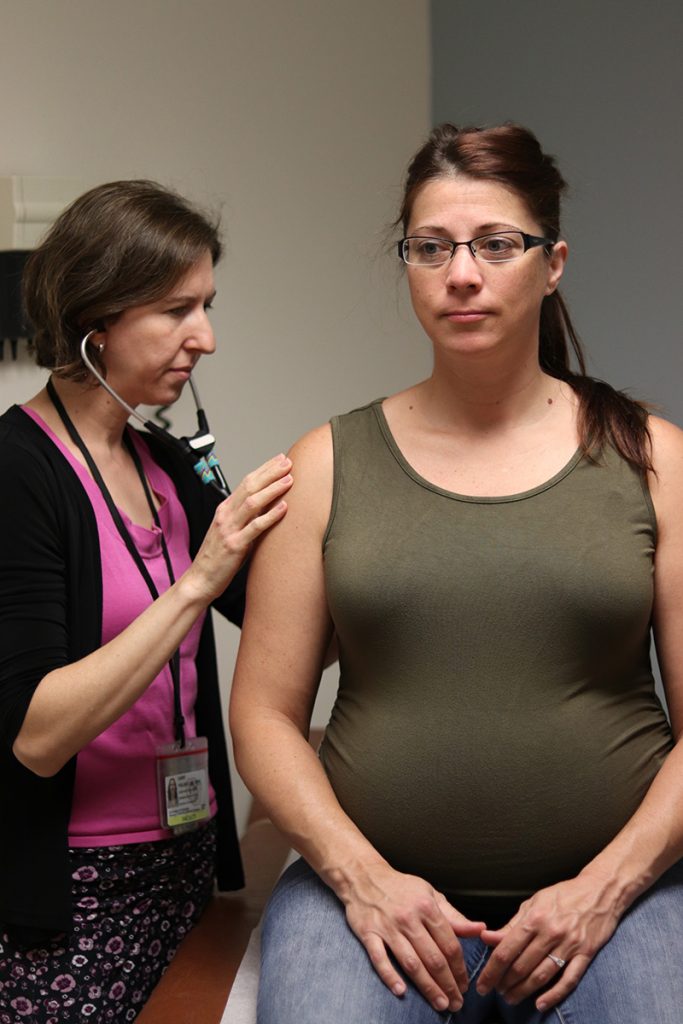As part of Women’s Health Week, we take a look at the challenges and circumstances women face when living with type 1 diabetes.
by Sarit Polsky, MD, MPH
Originally published to DiabetesSisters.org October 2019

Pregnancy can be an exciting time for a woman and her family, but it can add extra layers of emotions and stress for women with diabetes. As pregnancies in women with pre-existing or new diabetes can be more complicated than pregnancies in women without diabetes, here are a few key messages:
1) In women who have diabetes already (pre-existing diabetes) or who are at high risk of developing diabetes during pregnancy (gestational diabetes), it is important to plan ahead. Women who do not want to become pregnant and who are sexually active should use accepted forms of contraception. Women should get pre-conception counseling from the right specialists: a diabetes provider (one who cares for women in pregnancy) and an obstetrician. If a woman has an advanced complication of diabetes already (like eye, kidney, or heart disease), then she should also get pre-conception counseling from the specialist who cares for the complication.

Pre-conception counseling visits include testing for certain diseases (like rubella, syphilis, etc.), discussion about medications that may need to be changed prior to conceiving, and information in this article. Optimally, women with diabetes should have a hemoglobin A1C level of 6.5% or less prior to conception, if they can achieve it without significant hypoglycemia (low blood sugars).
2) After conception, it is critical to obtain and maintain near-normal to normal blood glucose levels. For women with pre-existing diabetes, we recommend having an A1C of less than 6% as the pregnancy progresses. Women should establish care with providers quickly after a confirmed positive pregnancy test. For women with pre-existing diabetes, a high-risk obstetrician is recommended.

For women who were already using insulin or who will need to start insulin during pregnancy, there are shifts in insulin requirements over the course of the pregnancy. Women tend to be sensitive to insulin in the 1st trimester, increasingly resistant to insulin in the 2nd and 3rd trimesters, then sensitive again right after delivery. For women with gestational diabetes, glucose-lowering therapy includes diet therapy, oral medications, and/or insulin.
Women with diabetes generally have more obstetric visits than women who do not have diabetes. They have frequent ultrasound examinations and fetal non-stress testing. Some women may also be started on aspirin therapy to lower the risk of developing preeclampsia (a disorder with high blood pressure in pregnancy and damage to another organ, like the kidneys or liver). It’s important to work with the obstetric and diabetes teams to ensure that all the proper screening and monitoring is performed.
3) The risks to the mother and baby can be higher in pregnant women with diabetes compared to those without diabetes. These risks include fetal loss (miscarriage, stillbirth), abnormal fetal growth (babies born too small or too large for their gestational age), birth defects, high blood pressure conditions for the mother (e.g., preeclampsia), pre-term delivery (delivery before 37 weeks), cesarean delivery, and for the baby to be born with low blood sugars, low oxygen, and trouble breathing. There are many more possible risks as well. Tighter glucose targets are recommended in order to reduce these risks.
4) Women should be monitoring for new development of and progression of diabetes complications. Pregnancy can put a strain on a woman’s eyes, kidneys, and heart. Therefore, these and other organ systems should be monitored throughout the pregnancy.
Pregnancies associated with diabetes require more monitoring and are at higher risk than those without diabetes. It’s important to plan ahead, work with experienced providers, and pay closer attention to managing glucose levels and watching out for possible complications.





